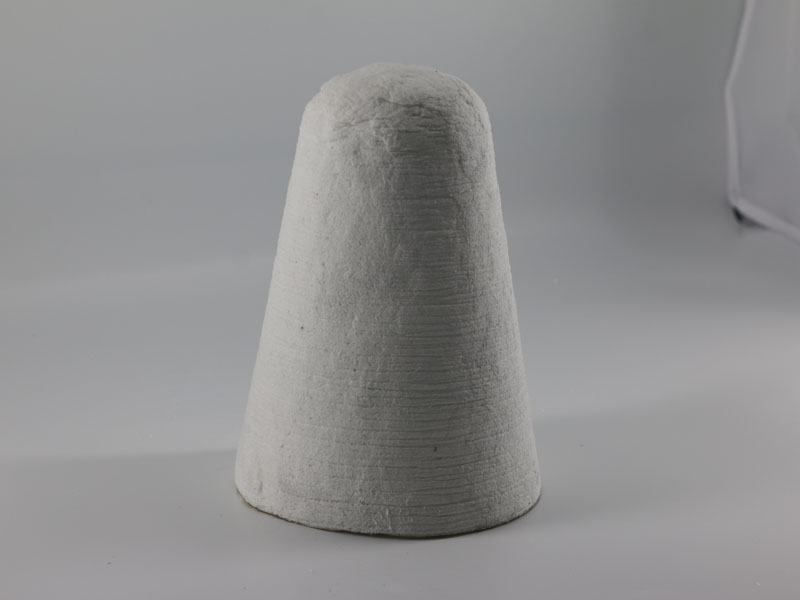
20 7月 Tap Hole Cones
Tap Hole Cones uses high-quality ceramic fiber cotton as the raw material and is made by vacuum suction molding process to meet certain high-temperature production links in steel mills, aluminum plants and other industries or special-shaped products that require throttling during production. Each product is based on Its shape and size need to make special molds, which can be made in different sizes and specifications. Good elasticity can have better compactness, and the number of orders is not limited.
Tap Hole Cones product performance
Low shrinkage and low thermal conductivity in the operating temperature range
High heat insulation, light weight
Resistant to wind erosion, spalling, and not corroded by most molten metals
The classification temperature, physical properties, and thermal characteristics of the products are better than or similar to the performance of the corresponding grade of fiberboard
According to the needs of use, the density and strength can be appropriately enhanced
Types of insulation materials for powder metallurgy furnaces and attention to use temperature
When the powder metallurgy furnace is operated at high temperature, the heat will be lost through the furnace wall, and the brickwork is also continuously accumulating heat. Therefore, when building furnaces, materials with low density, high porosity and low thermal conductivity are usually used to build them outside the high-temperature refractory layer to reduce heat loss and increase the thermal efficiency of the furnace to reduce electricity or fuel consumption. , It can also improve working conditions.
This kind of material with low density, high porosity, and low thermal conductivity is the so-called thermal insulation material. According to the requirements, the thermal conductivity of the thermal insulation material is less than 0.23W/(m·℃), and its porosity is generally above 70%. There are many, so the bulk density is small (usually below 0.5g/cm3) and the mechanical strength is low. These are the common characteristics of various insulation materials.
There are many types of insulation materials. According to the different operating temperatures, they can be divided into three categories: high temperature (above 1200℃) insulation materials, medium temperature (900~1100℃) insulation materials, and low temperature (below 900℃) insulation materials.
1. High temperature insulation materials
The so-called high-temperature thermal insulation materials refer to lightweight thermal insulation refractory materials such as lightweight clay bricks, lightweight high alumina bricks, lightweight alumina bricks, lightweight silica bricks, alumina refractory hollow balls, and various refractory fiber products.
2. Medium temperature insulation materials
The so-called medium-temperature insulation materials refer to ultra-light perlite insulation bricks or insulation granules, water glass vermiculite bricks, ultra-light high alumina bricks, etc.
3. Low temperature insulation materials
The so-called low-temperature insulation materials refer to diatomaceous earth bricks, asbestos, slag products, etc.
Slag wool
Regarding the use temperature of insulation materials, the following points must be noted:
(1) Except for various lightweight refractory bricks that can be used as furnace lining under certain conditions, other insulation bricks can only be built on the outer layer of refractory bricks. Because the insulation brick is not a refractory material, it cannot withstand the physical and chemical effects under high temperature, and cannot exceed the allowable use temperature, so as to avoid deterioration and loss of insulation.
(2) The compressive strength of various thermal insulation bricks is low, and sufficient expansion joints must be left during masonry to prevent the masonry from expanding and squeezing under high temperature. In the design, a proper gap should be left between the insulation layer and the furnace shell steel plate, and the powdery insulation material should be filled in to allow the furnace body to expand.
(3) Insulation bricks cannot bear heavy loads. Except for its own weight, the other weight of the furnace cannot be supported on high temperature bricks.
(4) Insulation materials have many pores, and the pore rate is generally above 70%, which is easy to absorb moisture. Some electric heating elements in electric furnaces are molybdenum wires, which are easily oxidized by the water vapor evaporated from the furnace materials at high temperatures. Of course, the furnace can be strictly required, but more importantly, dry furnace materials should be used as much as possible.


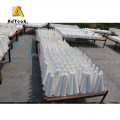
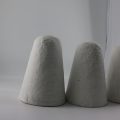
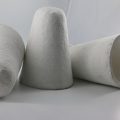
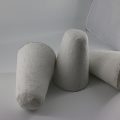
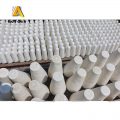
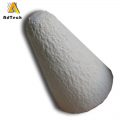
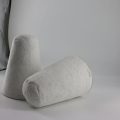
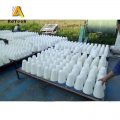
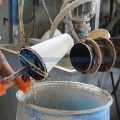
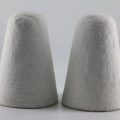
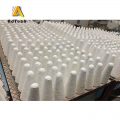
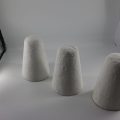
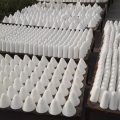
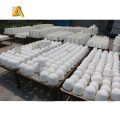
Sorry, the comment form is closed at this time.